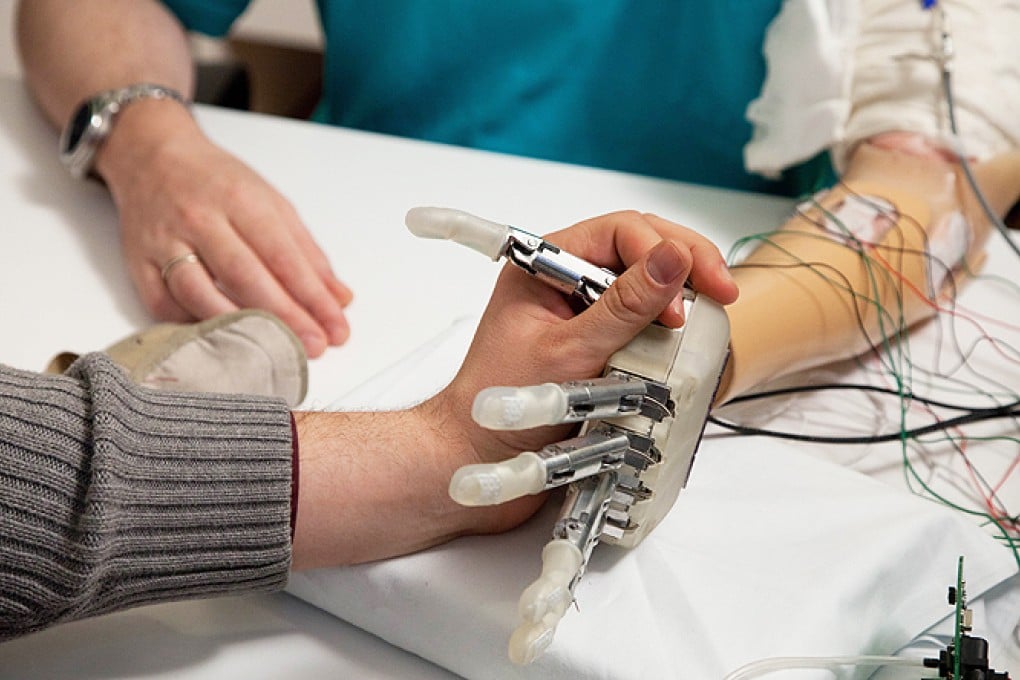Amputee's sense of touch restored through sensors in prosthetic hand
Sensors in fingertips of prosthetic hand give hope of key breakthrough

An amputee with a bionic hand has for the first time been able to feel the texture and shape of objects in his grasp, European researchers say.
The success of the month-long trial in Italy has revived hoped of researchers in the hunt to solve one of the most difficult challenges in prosthetics.
Until now, prosthetic hands have returned no sensation to the wearer and have been difficult to control, meaning the user could crush an object while trying to grasp it.
"For the first time we were able to restore real-time sensory feeling in an amputee while he was controlling this sensorised hand," lead author Silvestro Micera said on Wednesday.
The study was led by Micera and Stanisa Raspopovic and colleagues at Switzerland's Ecole Polytechnique Federale de Lausanne and the BioRobotics Institute in Pisa, Italy.
Their findings appear in the United States peer-reviewed journal Science Translational Medicine.